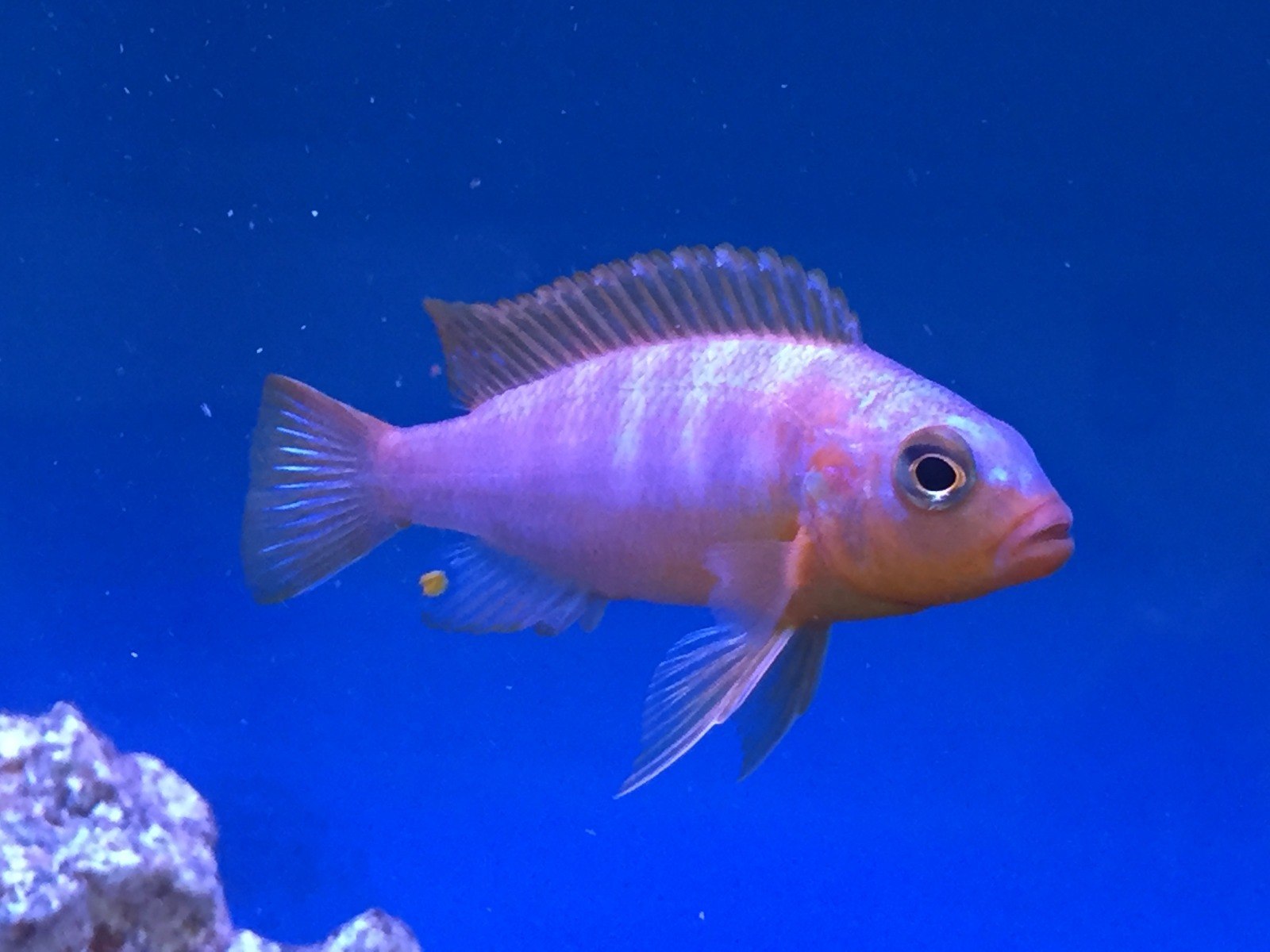Caring for your Tropical Fish and Invertebrates
It’s normal for newly-added creatures to be shy at first and some will take longer to settle than others, so help them to make themselves at home without harassment from established fish. It may take a while before new fish begin feeding, so don’t worry if they take some time to adjust and be aware that naturally shy species such as catfish may take longer before becoming active during the day. However, you can help reduce stress by giving them plenty of safe hiding places and suitable company.
Aquarium fish are very diverse but here are some of the main groups with notes on their care:
Tetras are shoaling fish best kept in large groups. Most will thrive on flake foods and compatibility varies with size. Small species like Neon tetras (Paracheirodon innesi) can be at risk from larger tank mates, while larger types like Buenos Aires tetras (Hyphessobrycon anisitsi) are good companions for larger species. Some deep-bodied tetras such as Serpae tetras (Hyphessobrycon eques) shouldn’t be mixed with peaceful, long-finned fishes. Heavyweight relatives such as Silver dollars (Metynnis sp.) demand big tanks and can destroy aquarium plants faster than their Piranha cousins can strip a carcass.
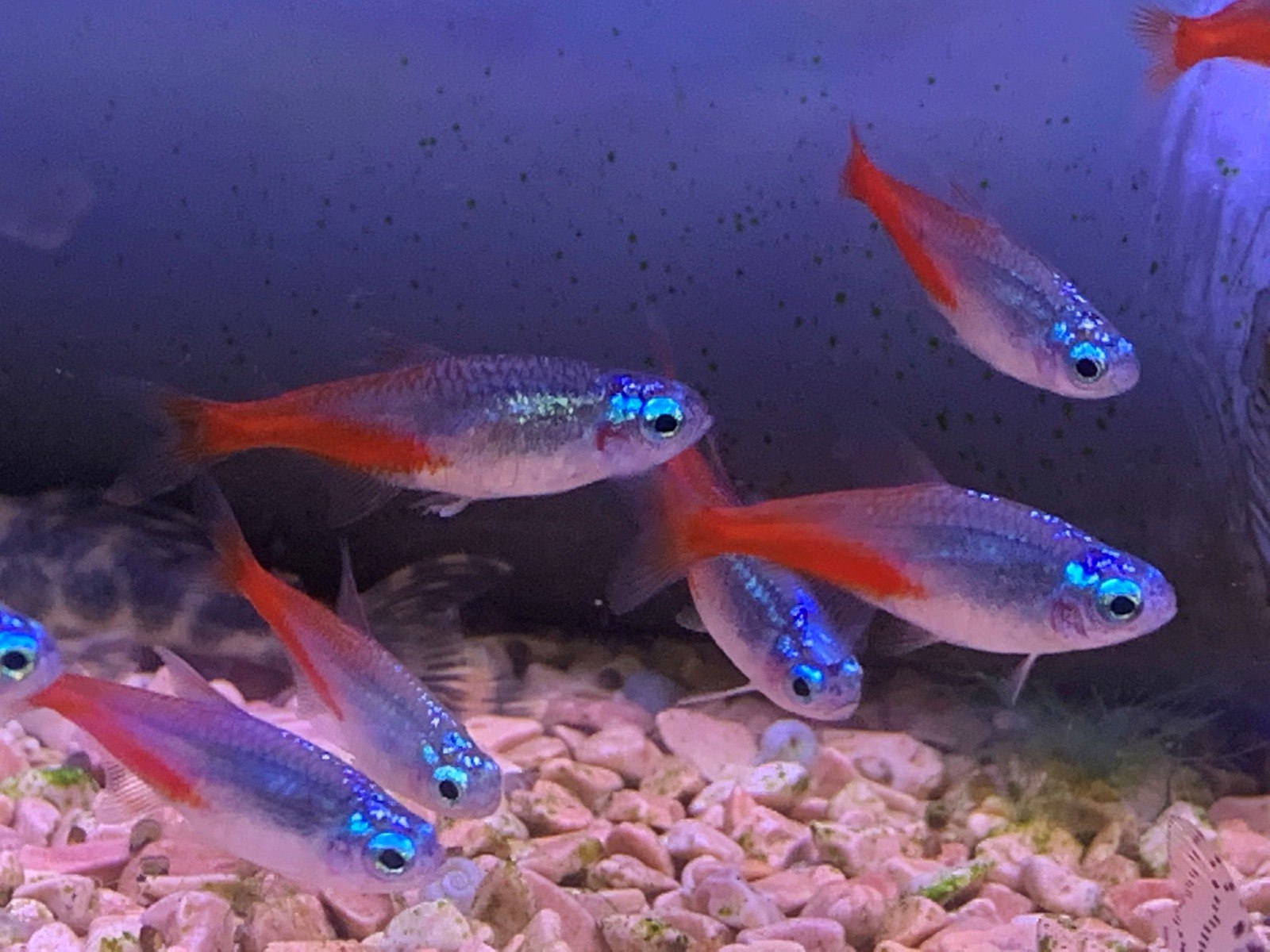
With sizes ranging from 2 to 20cm or more, there are species to suit most aquaria but with a few exceptions, these fish are at their best as shoals in planted tanks.
Barbs are also shoaling fish with some behavioural differences between small, slender types and deep-bodied nippers. Like tetras, they’re best kept in large groups as this prevents bullying in more boisterous species such as Tiger barbs (Puntigrus sp.) and helps peaceful fish like Cherry barbs (Puntius titteya) feel more confident. Jumbo varieties such as Tinfoil barbs (Barbonymus sp.) and Silver shark (Balantiocheilus melanopterus) will grow more than 30cm and need appropriately spacious accommodation.
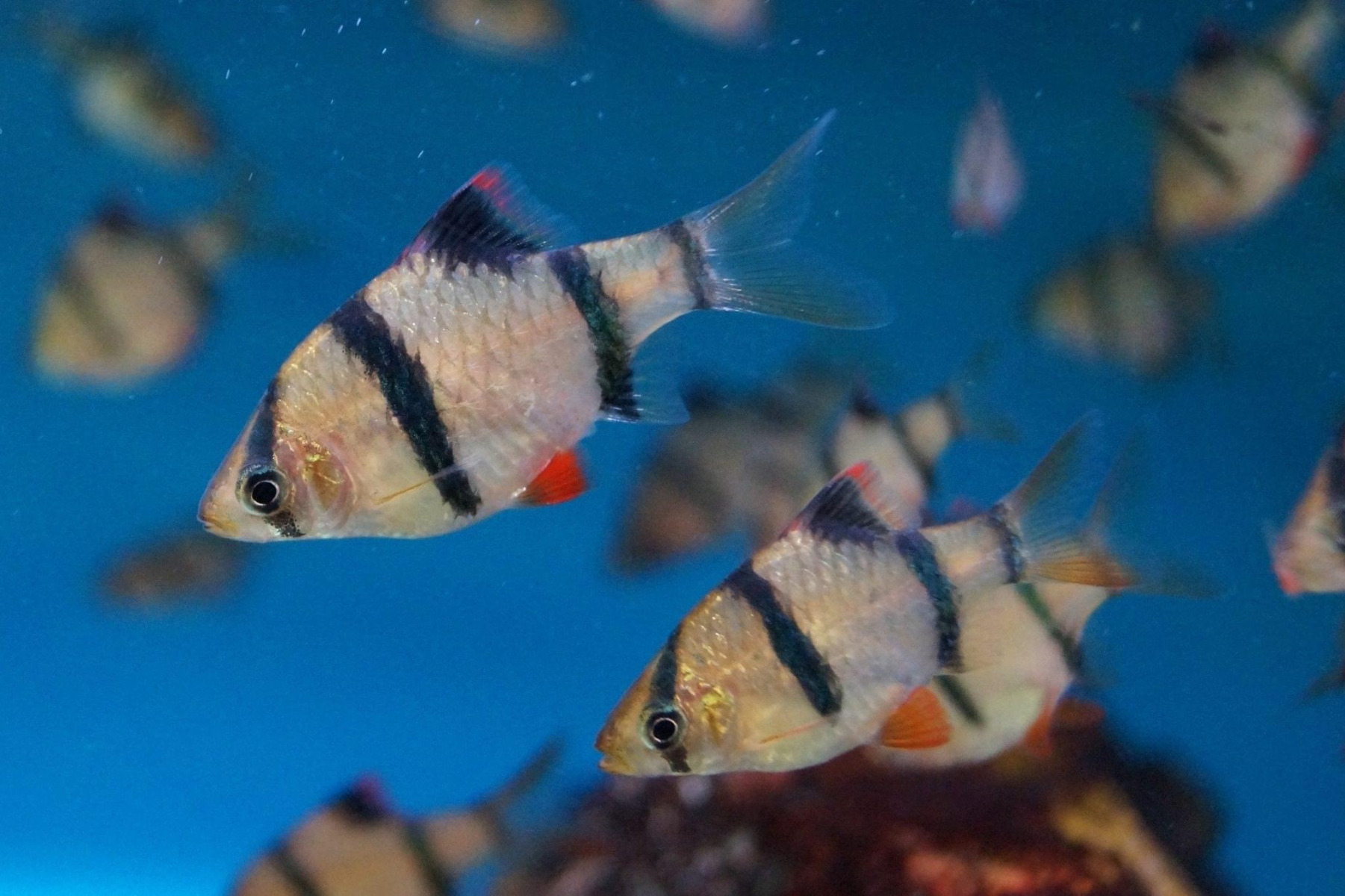
Danios, Rasboras and Minnows are related to barbs but act like tetras. These shoaling community fish are best suited to planted tanks and make an ideal choice for beginners - especially Zebra danios (Danio rerio) and Whitecloud mountain minnows (Tanichthys albonubes). At home in smaller aquaria, these fishes enjoy a planted aquarium and thrive on quality flake food.
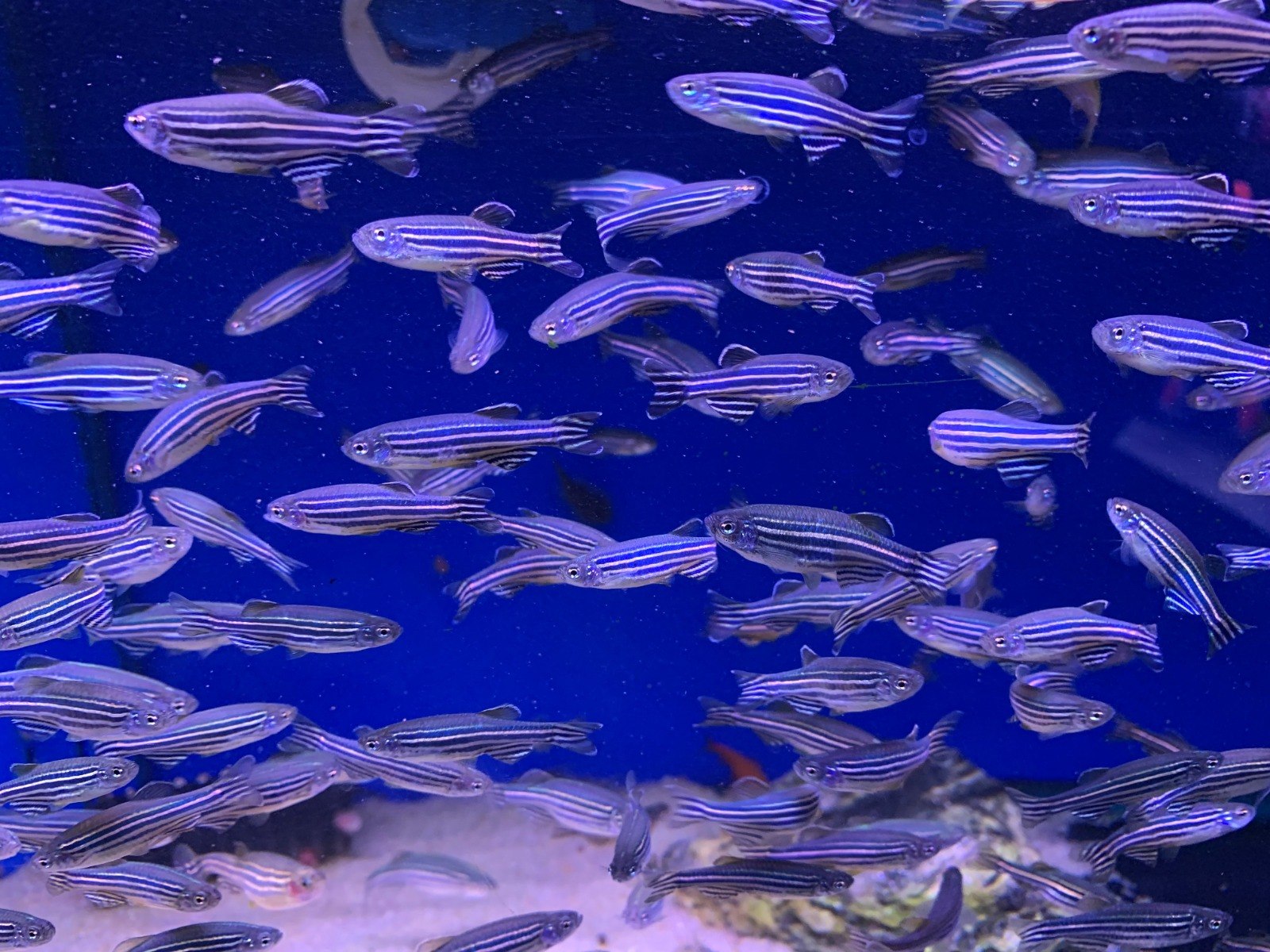
Sharks and Loaches are more demanding for the aquarium keeper. Both types can be territorial and while providing plenty of hiding places and keeping appropriate numbers of individuals can help manage this, fish like the Red-tailed black shark (Epalzeorhynchos bicolor) are best kept either with tank mates that are too small to be seen as a threat, or robust companions that can handle aggression. Loaches can help control snails but Clown loach (Chromobotia macracanthus) are shoaling fish that are too large for many small home aquaria. A group of Zebra loach (Botia striata) are a far better choice and, like other members of this group, will happily take sinking pellets and frozen foods once pest snails are dealt with.
Livebearers are a popular community fish choice and Guppies, Platies, Swordtails and Mollies are colourful and hardy in the right conditions. These prefer harder water and can be unhappy if KH is low and waste levels high. Females give birth to well-formed fry that needs sheltering plants and other cover. Note that males can harass females and should be outnumbered by them in order to divide their attention. These fish will browse on algae, particularly Sphenops mollies (Poecilia sphenops) which can help control blue-green algal growths. This green component should be offered as plant-based pellets or tablets for optimum health. A great choice for beginners, livebearers will thrive in a range of differently-sized aquaria and Endler’s guppies (Poecila wingei) are a good choice for smaller tanks.
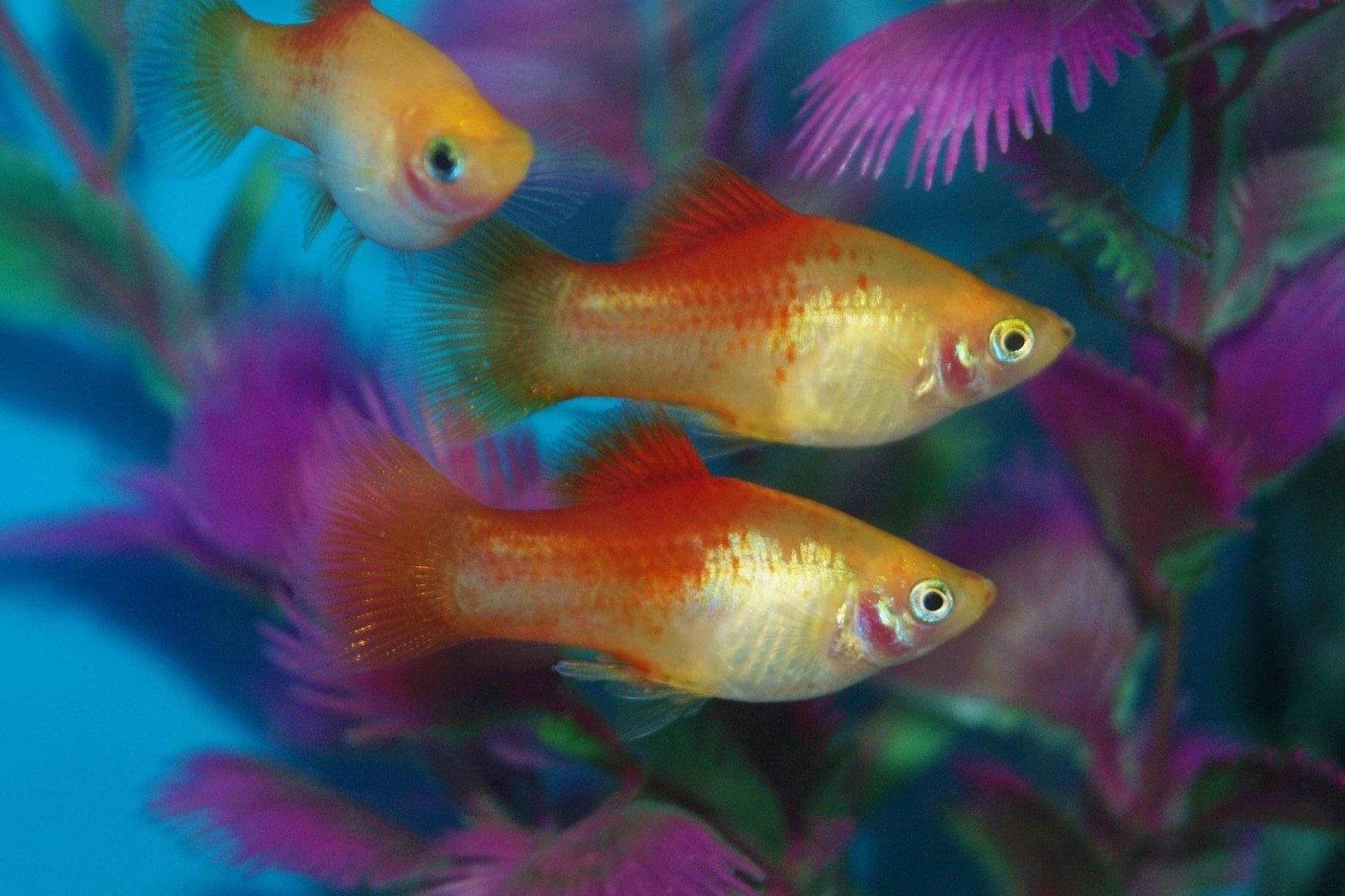
Gouramis are a popular choice and offer a good contrast to small community fish without the risk of predation. These are often swamp-dwellers that enjoy well-planted surroundings.
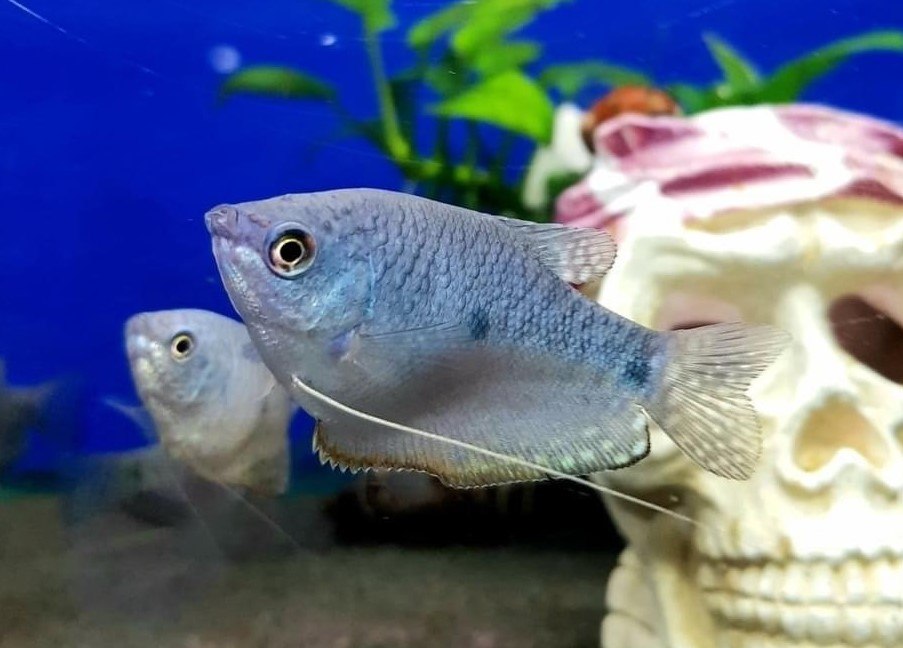
They’re found in a range of sizes and temperaments, from the hardy, rowdy Opaline gourami (Trichopodus trichogaster) to the shy and nervous Sparkling gourami (Trichopsis pumila).
The Betta, or Siamese fighting fish (Betta splendens) is also in this group and prefers a planted tank with areas of slow water movement. Bettas are often kept away from other fish entirely and fancy long-finned forms can be both aggressive and vulnerable to harassment, making them hard to combine with other fish. Short-finned forms are a better choice for community tanks but all prefer high temperatures.
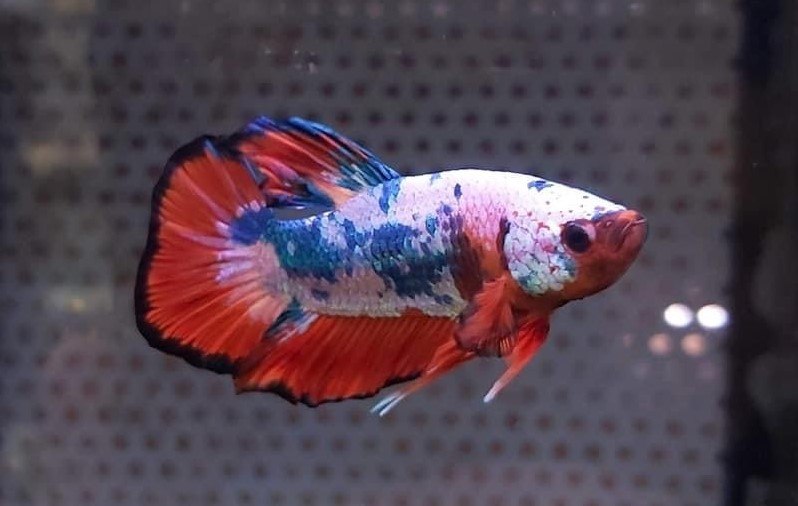
Although the colourful and popular Rainbowfish can be breathtaking in fully-furnished aquaria, they can be overlooked in stock tanks. A group kept in a roomy tank with areas of plant cover can reward their keeper with dazzling displays. Although smaller species of Blue-eyes (Pseudomugil sp.) are a good choice for small tanks, most of the popular rainbows such as Boeseman’s (Melanotaenia boesemani) are medium-sized fish that prefer larger aquaria and granular foods over flakes.
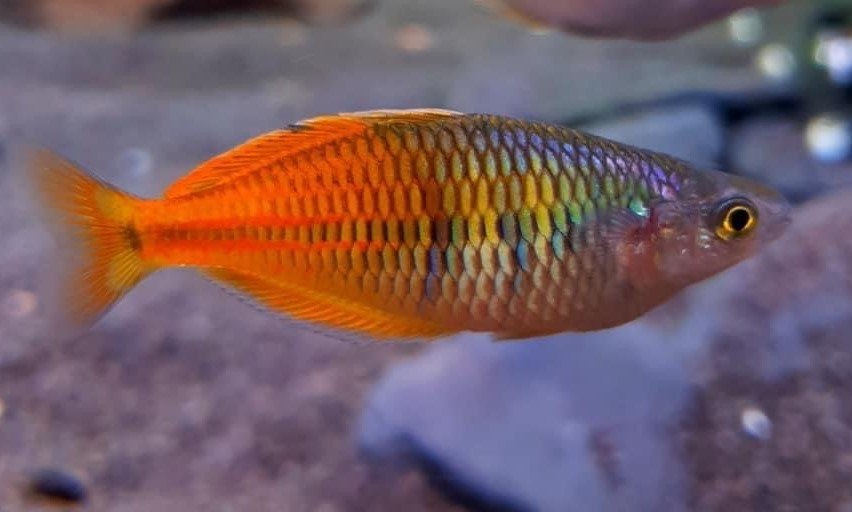
Catfish are a varied bunch, with some major groups that deserve special mention. The small, armoured Corydoras cats make excellent community fish choices and these whiskery shoalers are best kept in groups with peaceful tank mates. Dwarf species are great for small aquaria while the closely-related Brochis need more space. All forms are eager scavengers that will find and eat scraps of flake missed by other fish but should also have regular feeds of sinking pellet or tablet foods.
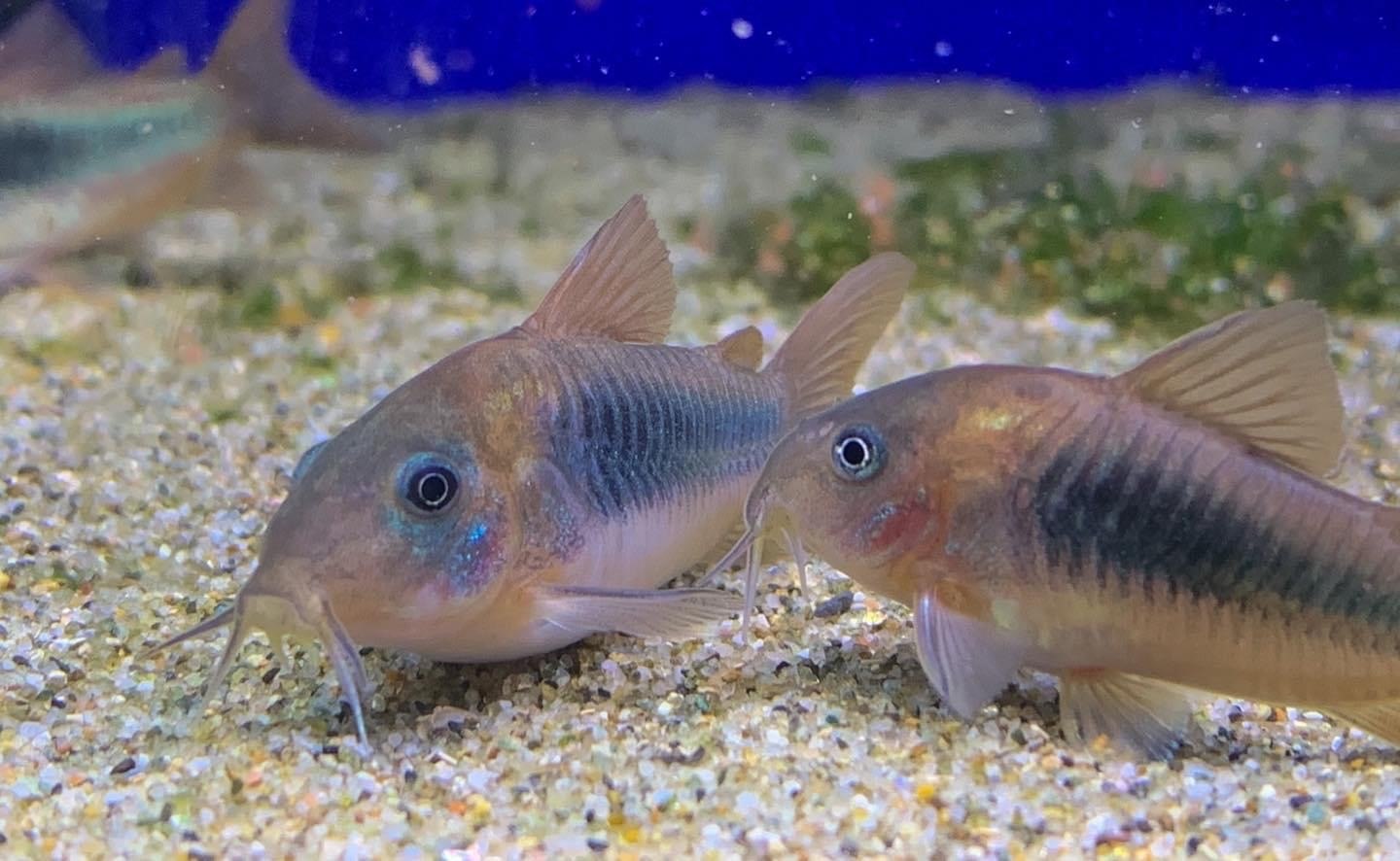
Plecs are an important group with useful algae-eaters like the Bristlenose (Ancistrus sp.) or demanding carnivores like the glamorous Zebra plec (Hypancistrus zebra). As many of these fish appeared in shops before they could be scientifically described, a naming protocol was needed and these ‘L numbers’ are still commonly used to describe many suckermouth catfish. Unlike the algae they feed on, plecs hate high nitrate levels and struggle in tanks that don’t receive regular water changes.
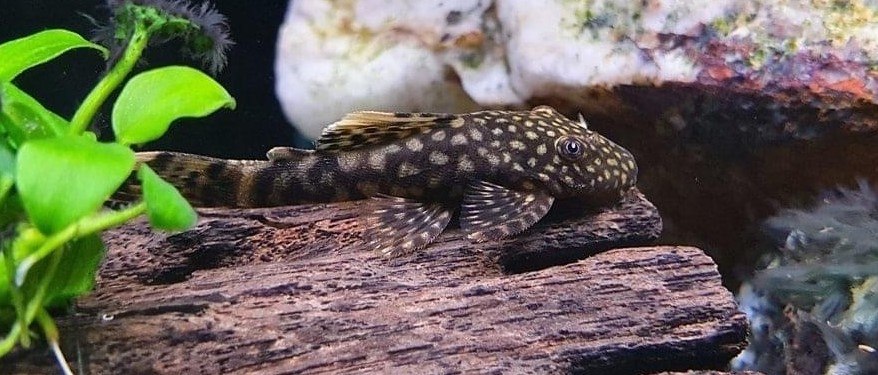
Other catfish types can be more predatory and those with long whiskers can often hunt small tank mates at night. Ensure your catfish are well-fed with a sinking diet that reflects their preferences. Spirulina tablets or other algae-based pellets will keep algae-eating fish happy in clean tanks.
Cichlids are a large and extreme group with both unruly members and community dwarves. These break down into distinct categories but all can be aggressive in defence of territory and all need frequent water changes.
Community choices tend to be small types such as Rams (Mikrogeophagus ramirezi) that prefer soft water, or Angelfish (Pterophyllum sp.) that share similar requirements but grow large enough to eat tank mates such as small tetras. Due to their breeding behaviours, all cichlids are more peaceful in tanks that are big enough for them to claim a territory. In spacious conditions, keeping mixed groups that let fish choose their own mates is the best way to avoid domestic violence between pairs, although some species of Apistogramma will form harems where each female guards her own territory.

Specialist groups include Rift Lake cichlids that prefer hard, alkaline water. Malawian fishes are colourful and aggressive and need to be housed away from all other types, except for a few robust catfish that are able to thrive alongside them. Mbuna (or rockfish) are more aggressive than the Utaka or Haps and mixing these fish can be tricky. These two groups also have different nutritional needs and the more herbivorous mbuna need a more algae-based diet to thrive.
Commonly-encountered Tanganyikan cichlids tend to be more modestly coloured and pair-forming. Among these are the Shell-dwellers that stay tiny and live in empty snail shells, making them a great choice for small tanks in hard water areas. There are also Tropheus which have more in common with the Malawian mbuna and other deep water, or sand-dwelling specialists. All have needs best researched in depth before purchase.
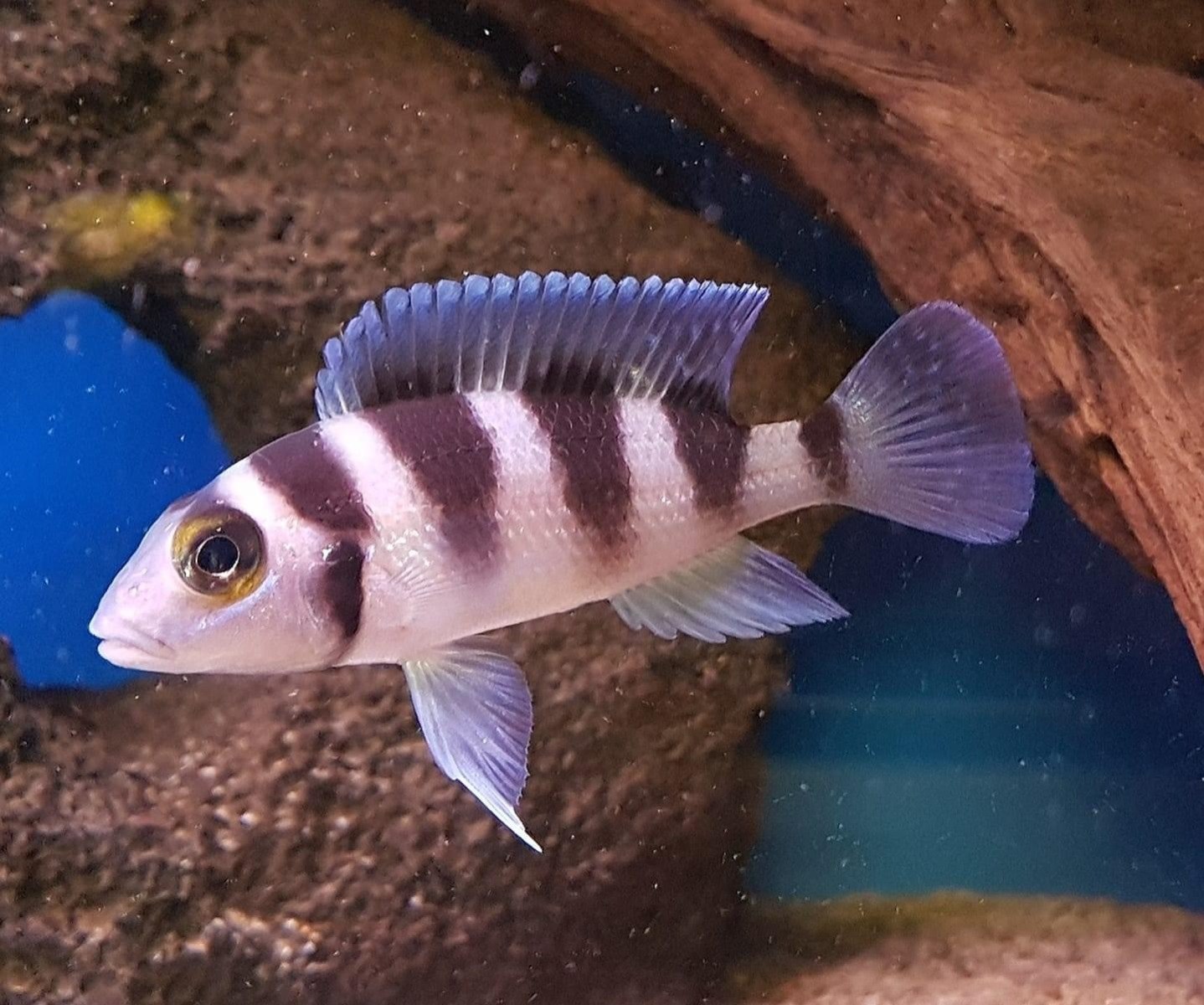
Central American Cichlids tend to be large and feisty and need hard water and huge aquaria but have big personalities to match. Their South American cousins include the peaceful Eartheaters that can be kept with community fish, as well as Discus which have a cult following and an undeserved reputation for being hard to keep. These are fish that require well-maintained soft water and large aquaria to thrive.
Beyond these main groups lie “Oddballs” such as Pufferfishes, Eels, Bichirs and Stingrays etc. These can have very individual needs but they typically prefer excellent water quality and many reject dry fish food. However, as this is an excellent way to avoid nutritional issues, dry food should be a staple diet for all aquatic pets where possible.
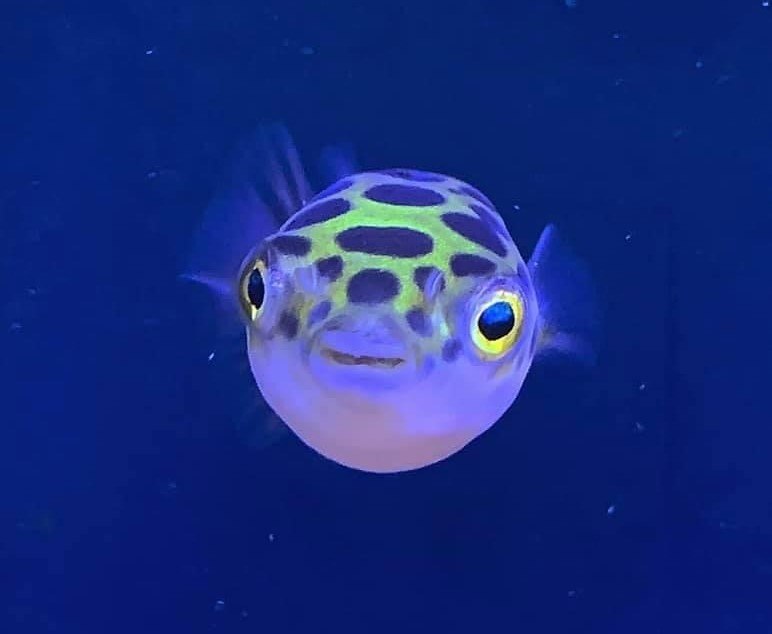
Aside from fish, a number of Invertebrates can be seen in our stores. Shrimp have become very popular and are excellent for small tanks where their needs can be easily met. Available in a range of colours and forms often bred from rather drab wild types, shrimp can be harmed by fish disease treatments and eaten by a range of popular aquarium fish. Specialist products including food are available and although short-lived, they often breed readily.

Snails can be useful and interesting additions to the aquarium and Zebra nerites (Neritina natalensis) are useful algae-eaters that earn their keep, as well as the useful Assassin snail (Clea helena) that hunts pest snails. As with shrimp, fish medications can be harmful to them.
Crabs are always a novelty but come with the additional complication of a need for dry land above the water level. This can often be as simple as the top of an internal filter but care should be taken to make your setup escape-proof.

